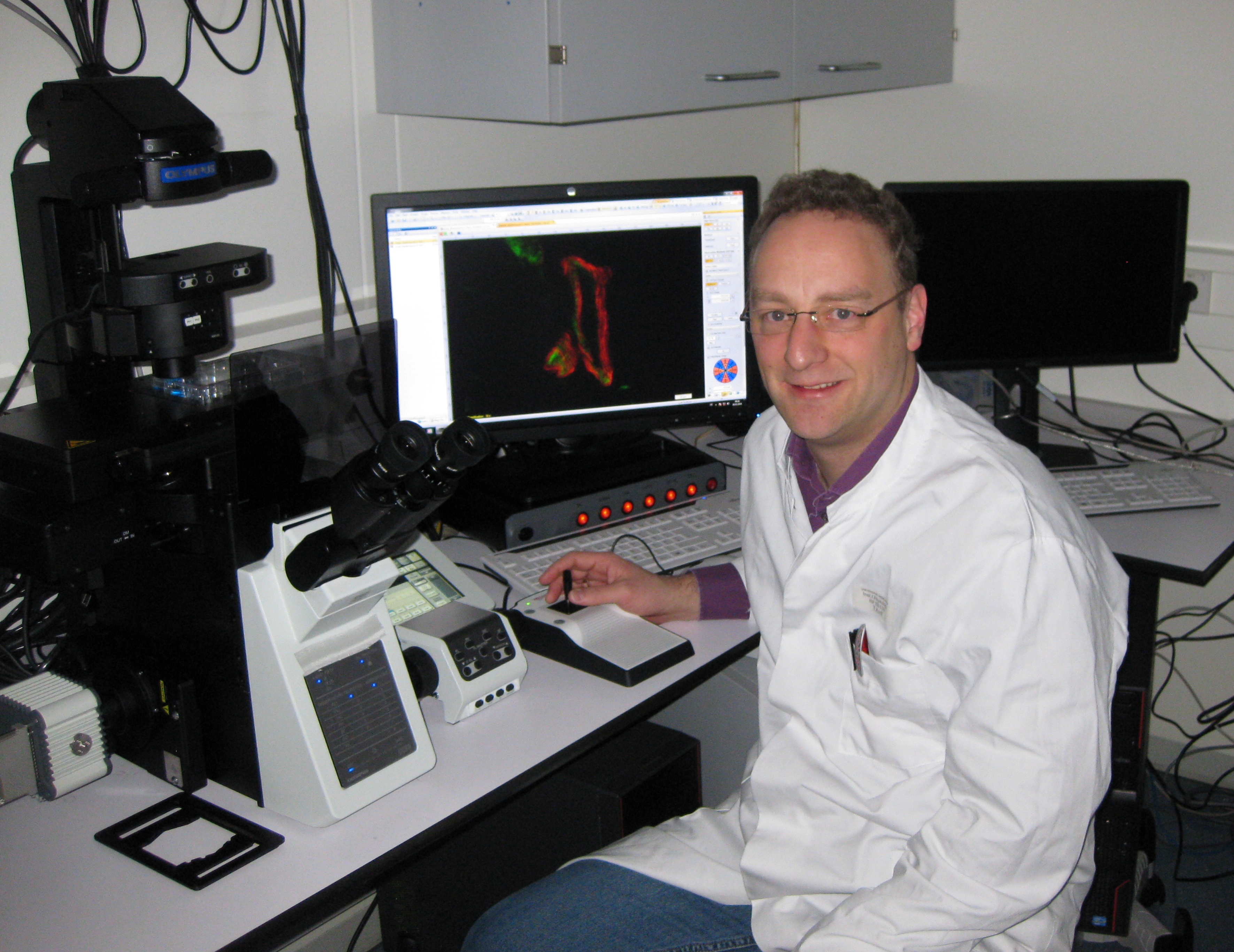
SFB / Transregio 23
"Vascular Differentiation and Remodeling"Mannheim - Heidelberg - Frankfurt
| General Information |
| Projects |
| Area A |
| Area B |
| Area C |
| Area Z |
| Graduate school |
| Publications |
| Scientific journals |
| Lecture series |
| Seminars |
| Meetings |
| News |
| Jobs |
| Management team |
| Member area |
Prof. Dr. Thomas Korff
University of Heidelberg
Institute of Physiology and
Pathophysiology
Im Neuenheimer Feld 326
D-69120 HeidelbergPhone: 0049 (0)6221 54 4131
korff(at)physiologie.uni-heidelberg.de
C5: Regulation of the smooth muscle cell phenotype switch during remodeling processes of arteries and veins
Summary of stretch-mediated changes in the SMC phenotype which contribute to the development
of arteriosclerosis, arteriogenesis, varicosis and hypertension-induced remodelling.





